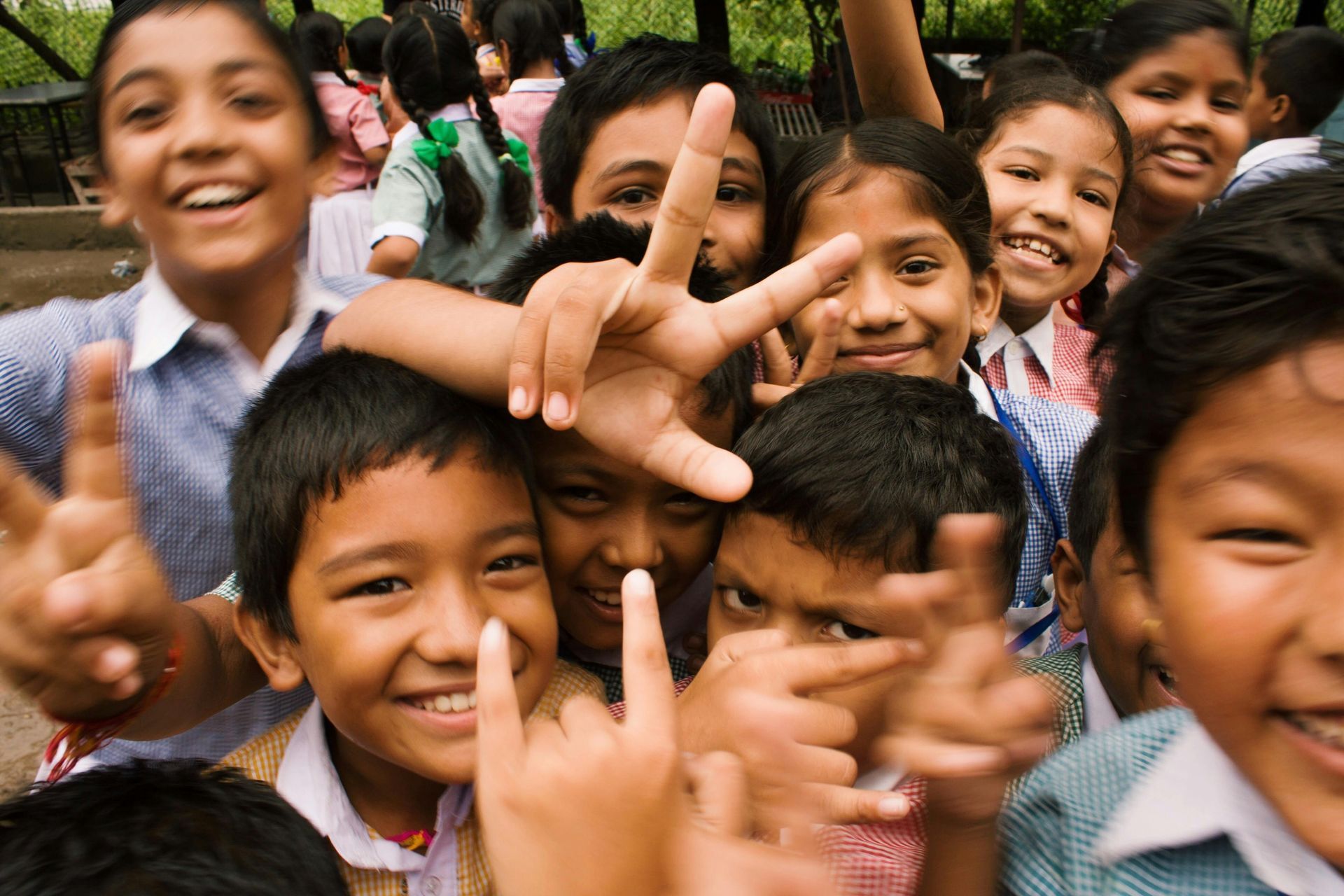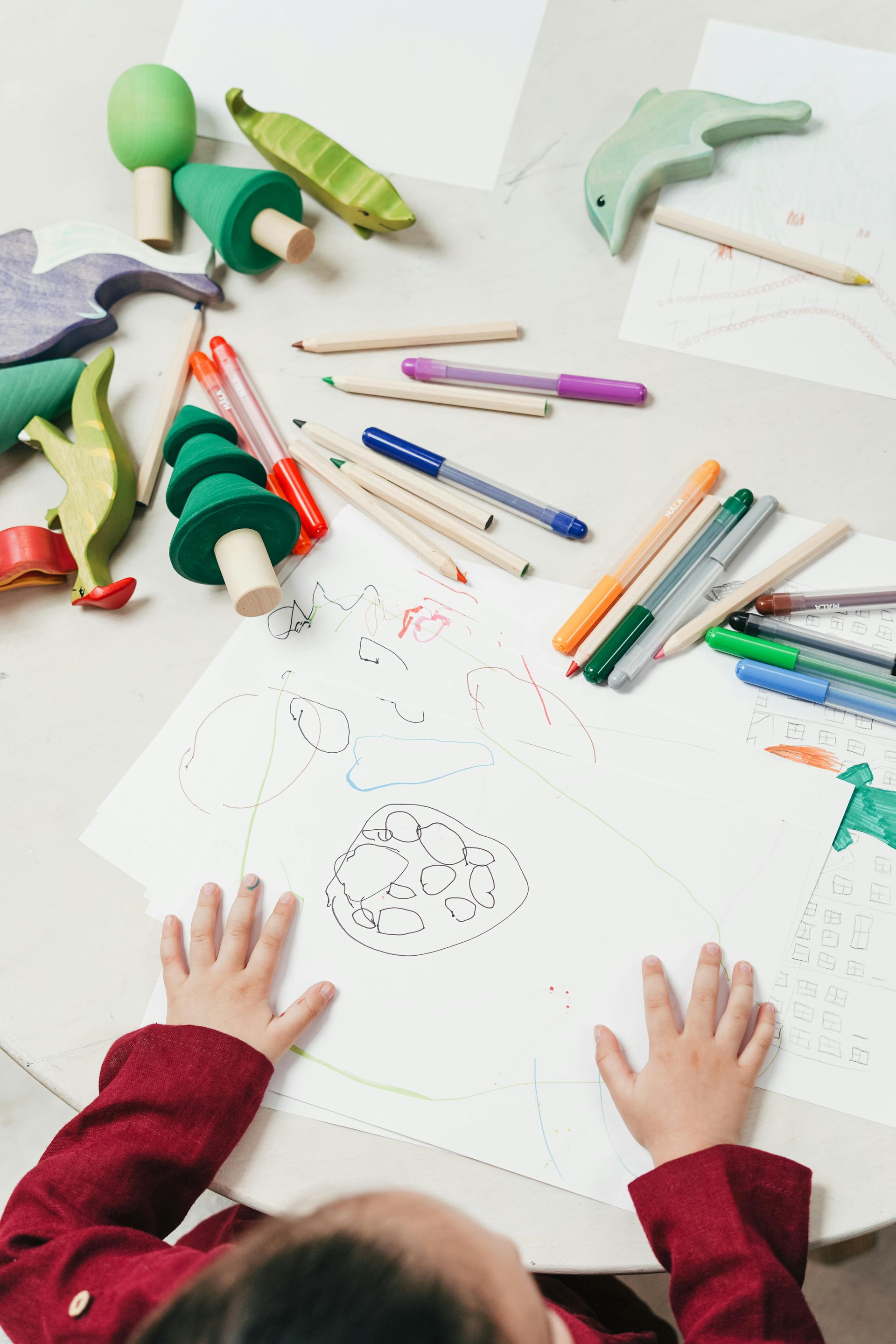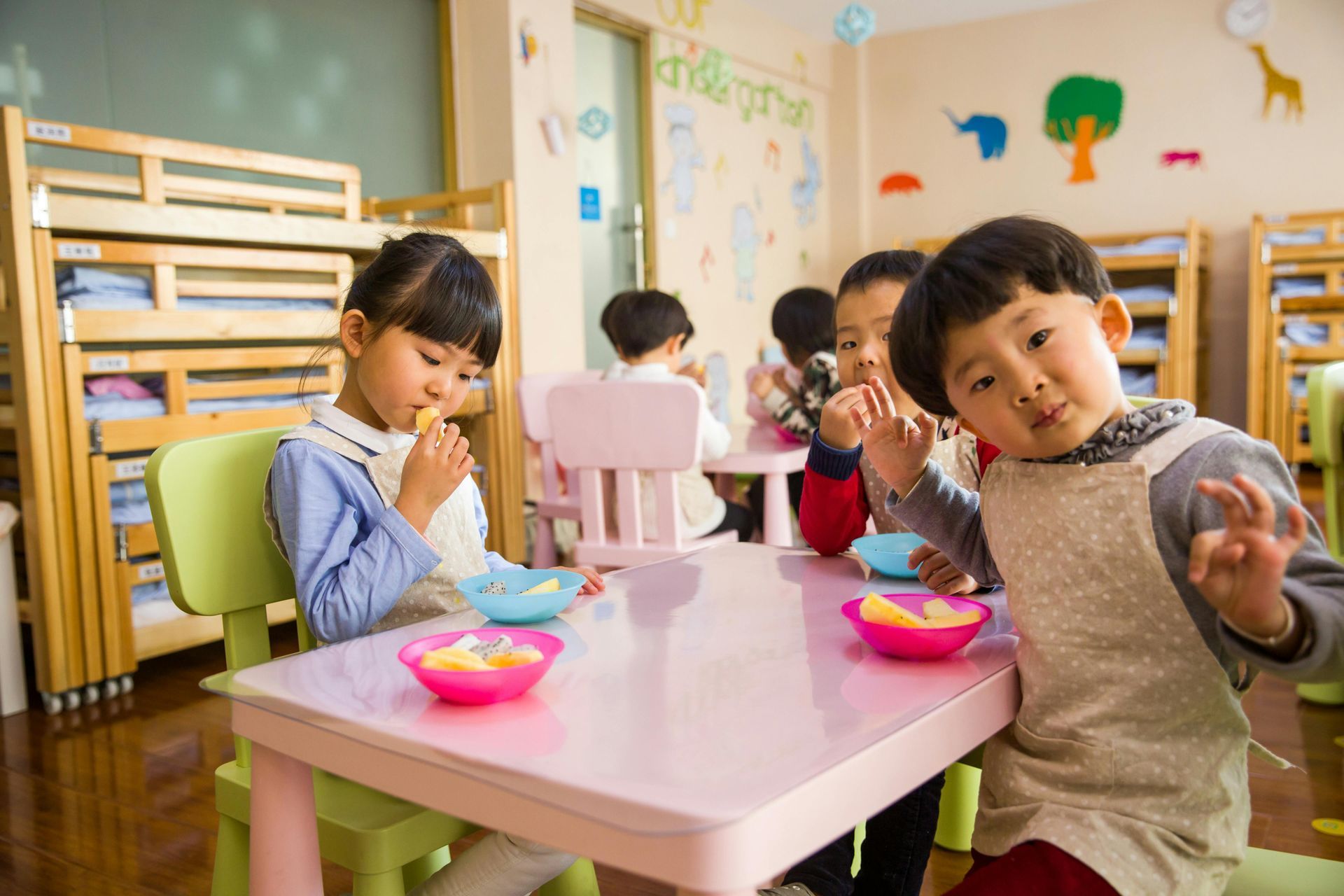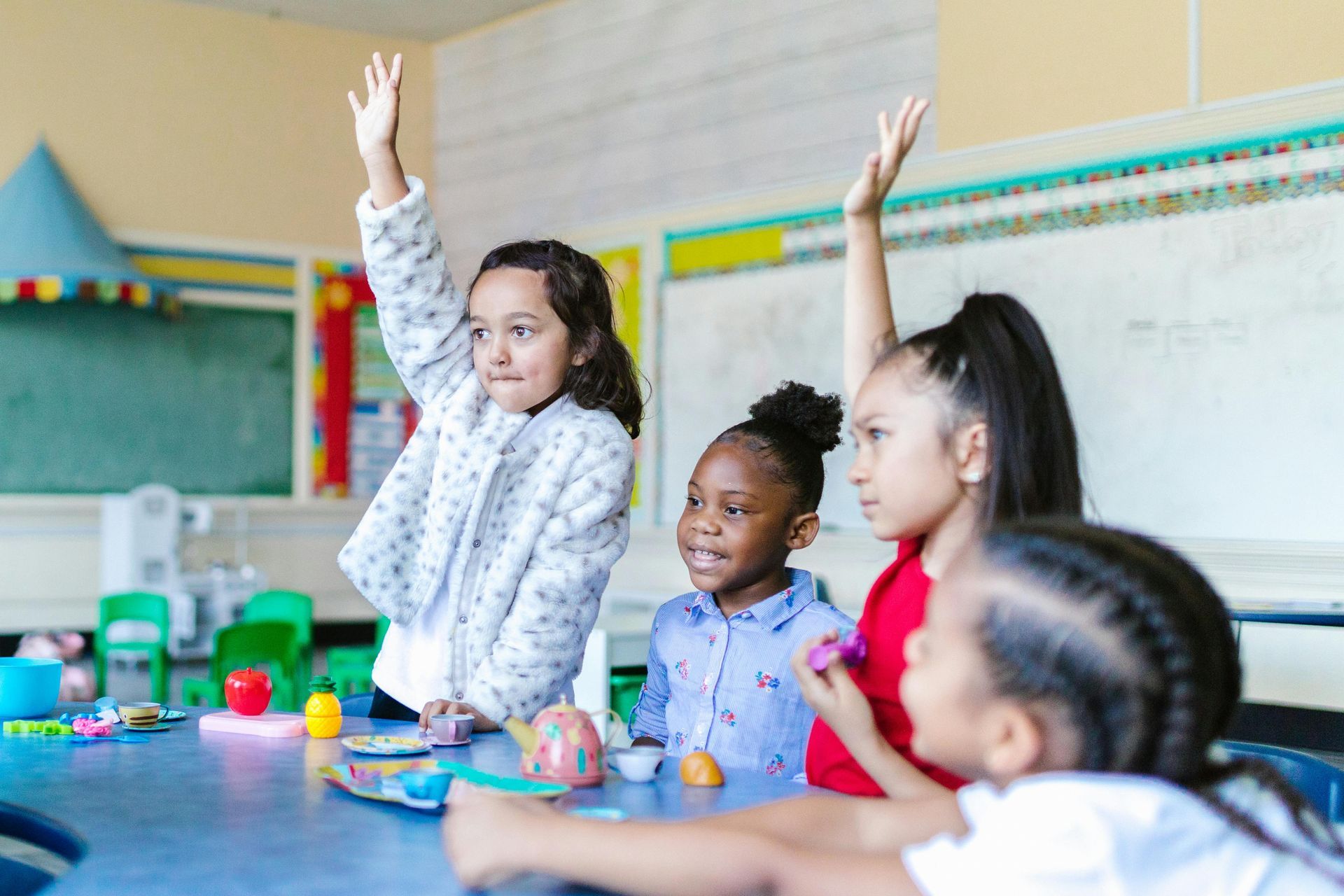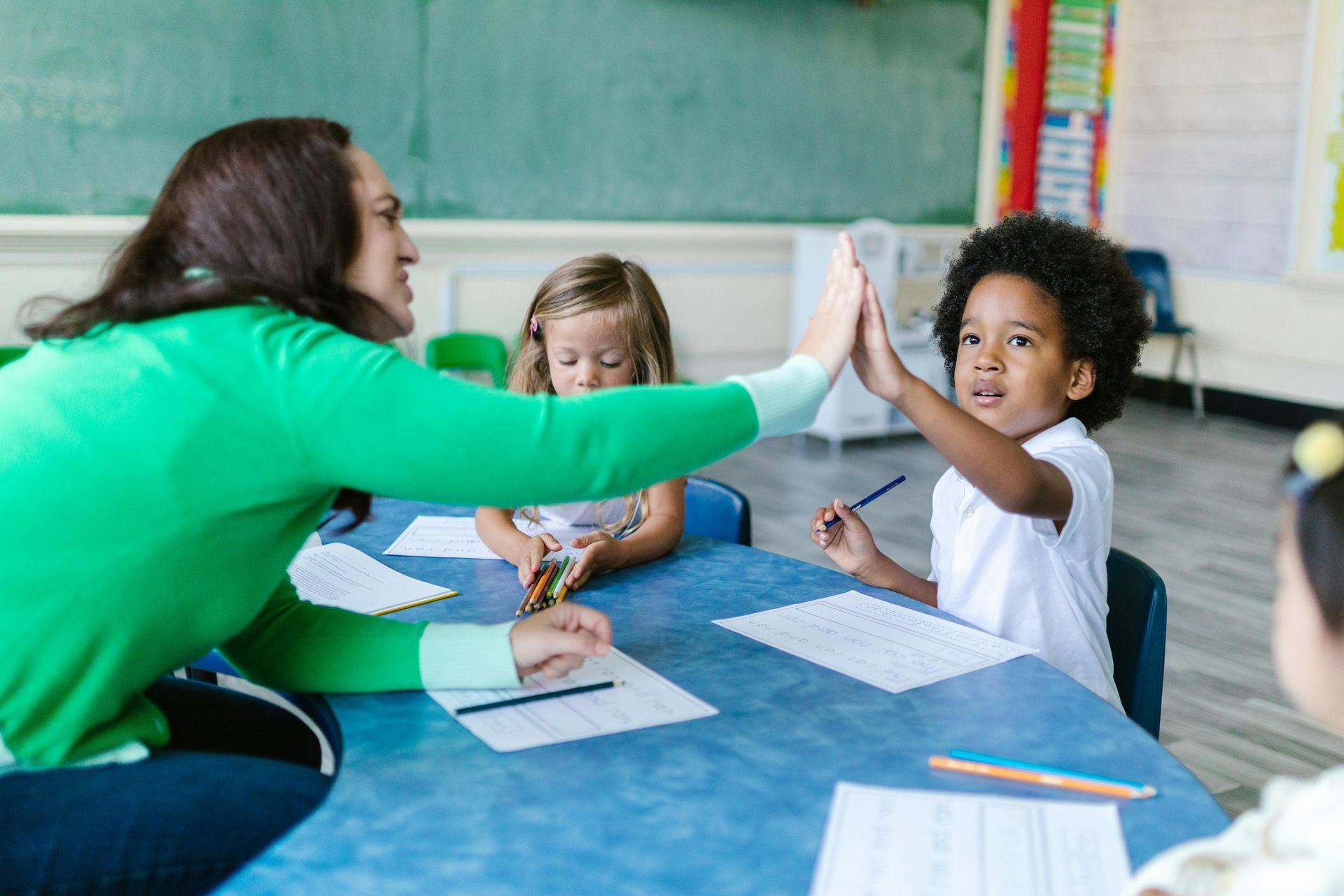About the Montessori Philosophy

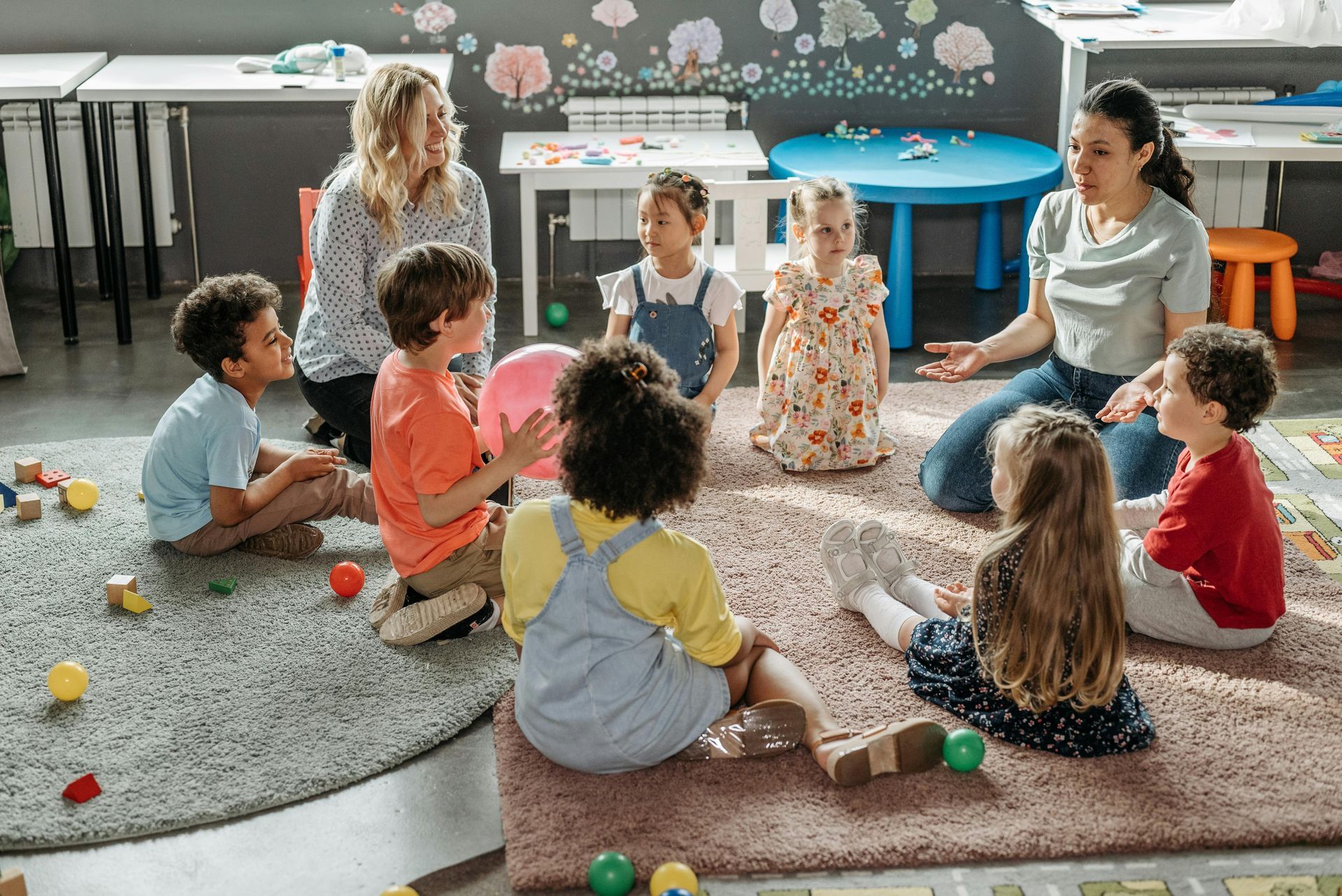


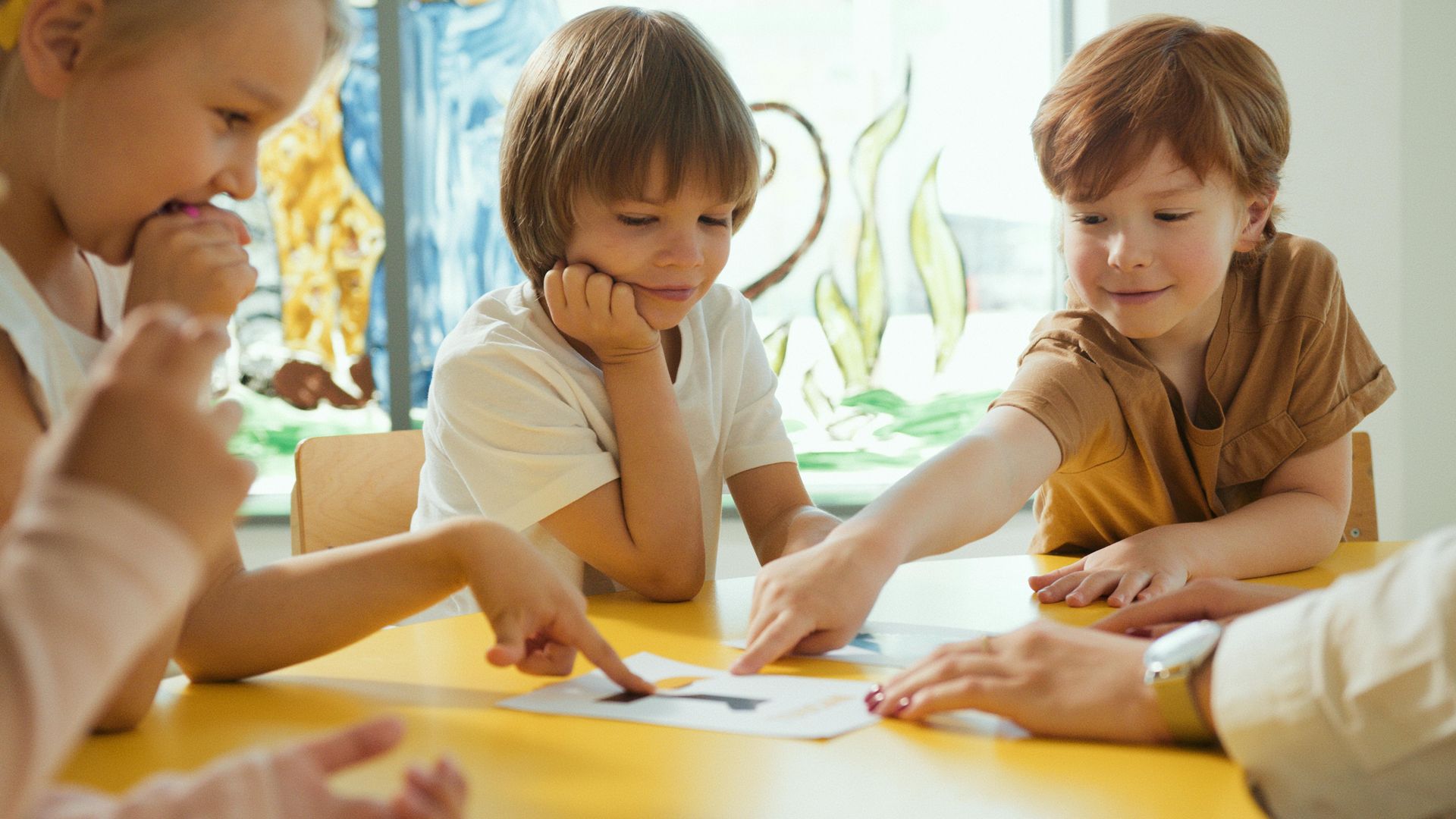
A Time-Tested Approach to Child-Centered Learning
At Montessori of Woodridge, our classrooms are built on the philosophy and practices developed by Dr. Maria Montessori — the first female physician in Italy and a pioneer in early childhood education.
Her revolutionary idea was simple yet powerful: Children learn best when given the freedom to explore in a carefully prepared environment. Since 1982, we’ve brought that vision to life for families across Woodridge and the surrounding DuPage County area.

Who Was Maria Montessori?
Dr. Maria Montessori began her career working with children who were marginalized in Italy’s public school system. Through patient observation, hands-on materials, and a belief in each child’s capacity, she helped her students succeed far beyond expectation — even passing national academic exams designed for children considered “normal.”
She concluded that the same methods could benefit all children. From this realization, the Montessori Method was born — now practiced in schools worldwide, including here at Montessori of Woodridge.




Key Principles of Montessori Education
Our school implements the Montessori Method across every age group, using developmentally appropriate materials and teaching techniques that support natural learning.
Core Montessori Principles Include:
Prepared Environment
Classrooms are intentionally designed to invite curiosity, focus, and freedom within structure. Everything has a place and a purpose.
Freedom Within Limits
Children are free to choose their work and move about the room, but within boundaries that respect others and the classroom community.
Hands-On Learning
Students engage with real materials using all five senses. Concrete work leads naturally to abstract understanding over time.
Respect for the Child
Teachers observe, guide, and support — but never interrupt unnecessarily. Each child is treated with dignity and trust.
Mixed-Age Classrooms
Children ages 3–6 work together in the same room, allowing for leadership, peer learning, and collaboration.
Intrinsic Motivation
Children work for the joy of discovery, not for external rewards. This builds a lifelong love of learning and personal responsibility.
What Happens in a Montessori Classroom?
There’s no front of the classroom. Teachers do not lecture. Instead, they move quietly, offer lessons one-on-one or in small groups, and observe students to determine what’s next in their learning journey.
Practical Life – self-care, food prep, cleaning, responsibility
Sensorial – learning through touch, sight, sound, and sequencing
Language – phonics, vocabulary, writing, and reading
Math – number rods, bead chains, decimal system
Cultural Studies – geography, science, history, global awareness
Creative Expression – music, movement, storytelling, and art
Why Montessori Works
Research consistently supports the outcomes of Montessori education. Children in Montessori programs show strong performance in:
Executive functioning
Social-emotional development
Early literacy and math
Focus and task persistence
Conflict resolution
Self-regulation and problem-solving
Montessori classrooms are structured yet flexible — giving children the freedom to engage deeply in tasks, experience success, and build confidence at their own pace.
This model also teaches grace, courtesy, and empathy — values we model and practice daily.
Montessori for Every Child
One of the greatest strengths of the Montessori Method is its adaptability to every child’s learning style and background. Montessori is not exclusive or limited to gifted children — it is designed to help every learner thrive.
Whether your child is hands-on, quiet and observant, highly active, or eager to lead, Montessori education creates the space and structure for success.
Children at Montessori of Woodridge are free to:
Work alone or with a friend
Repeat lessons until mastery is achieved
Express ideas creatively
Learn from their mistakes without judgment
Contribute to a peaceful classroom community
This respect for individuality is what sets Montessori apart from conventional education models.
Our Role as Guides, Not Lecturers
In the Montessori approach, the teacher is not the center of attention but the silent observer and thoughtful guide. Our teachers:
Prepare the environment for each developmental stage
Introduce materials and allow space for exploration
Step back and let children direct their own learning
Offer new lessons when the child is ready
Gently redirect when needed without shame or punishment
Montessori classrooms are structured yet flexible — giving children the freedom to engage deeply in tasks, experience success, and build confidence at their own pace.
This model also teaches grace, courtesy, and empathy — values we model and practice daily.
For over 40 years, Montessori of Woodridge has remained dedicated to preserving the integrity of the Montessori method while adapting to modern learning needs. From our infant and toddler classrooms to our primary and extended programs, we hold fast to the idea that children are capable, curious, and worthy of deep respect.
If you’re new to Montessori education, we encourage you to visit and experience it firsthand.
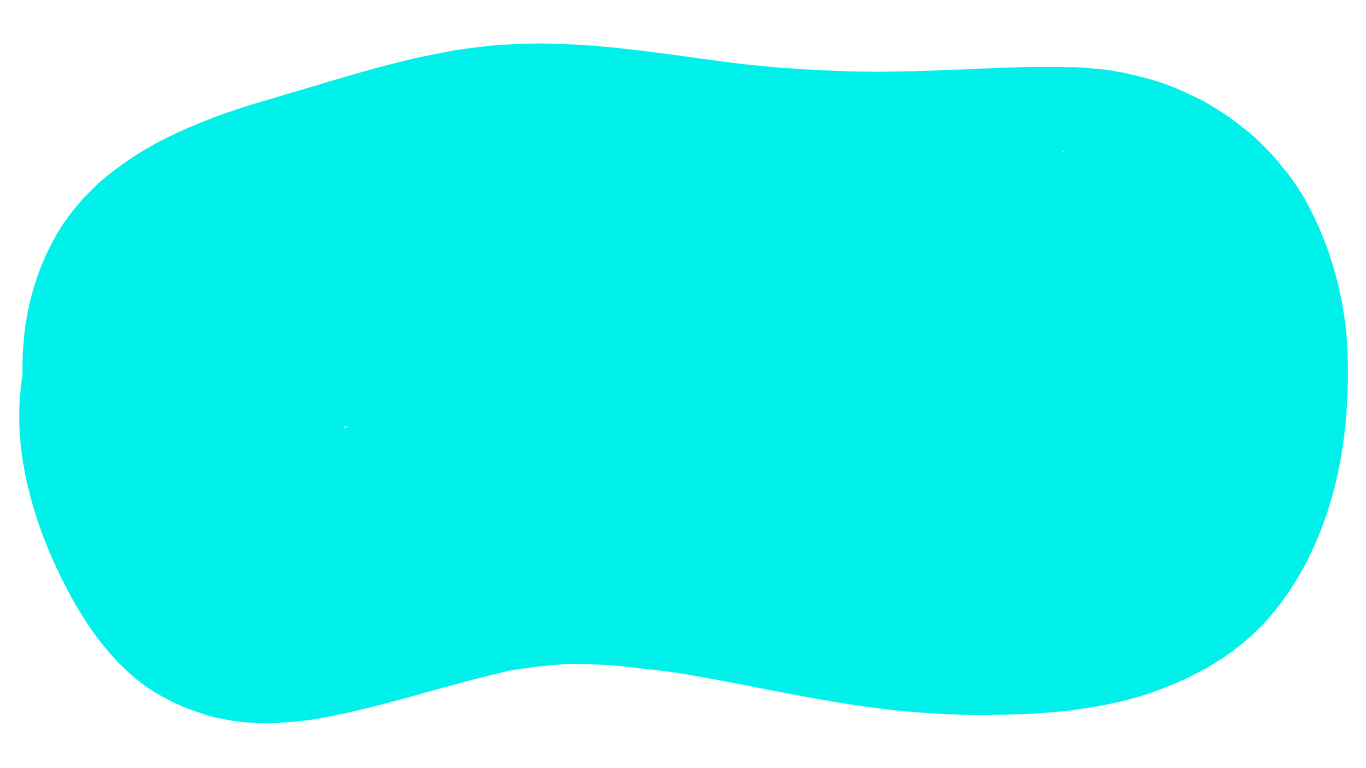
Discover the Montessori Difference

Pat Whyte also leads the administrative team, overseeing all aspects of program coordination, staffing, and curriculum implementation. Her decades of Montessori training span age groups from 3–12, and her influence is present in every beautifully prepared classroom at our school.
Jim Whyte assists with daily operations, building maintenance, purchasing, meal prep, and office support. His presence ensures smooth logistics and a safe, well-maintained school environment.
Administrative Leadership
Schedule a Tour to See Montessori in Action
We welcome you to tour our classrooms, observe the materials, and meet our educators. We are happy to explain how the Montessori method can benefit your child’s unique development.
6953 Woodridge Drive, Woodridge, IL 60517
Tours available by appointment
